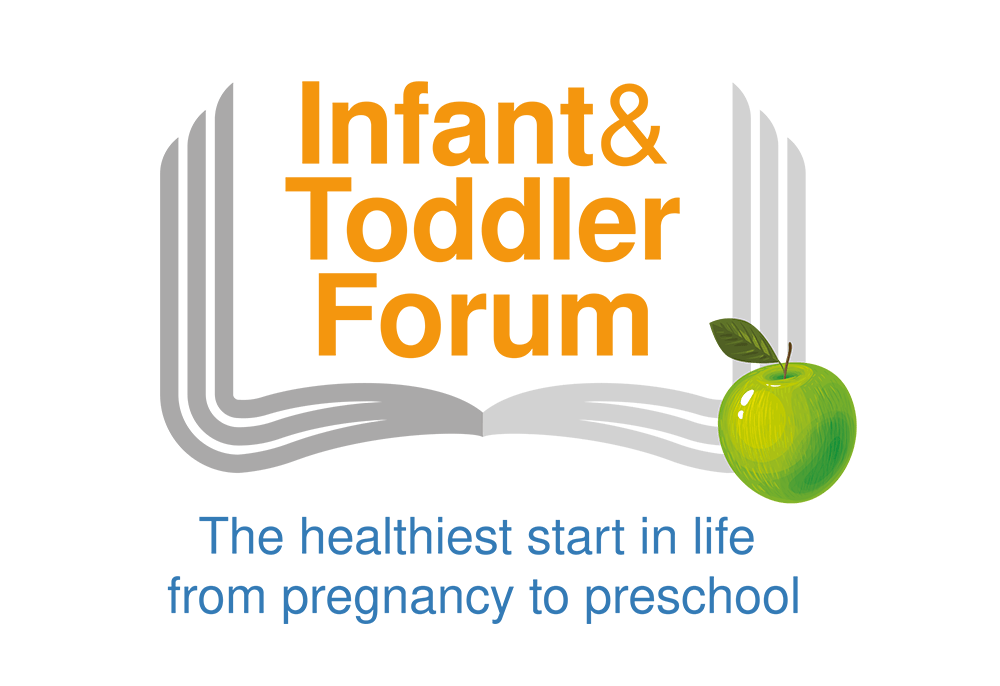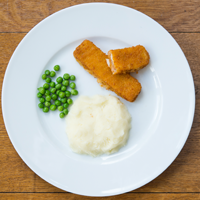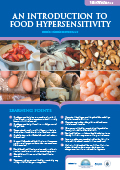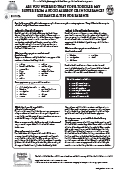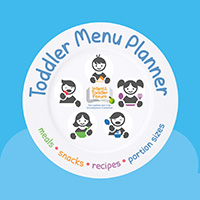
Use our Toddler Meal planning tool to ensure your 1-4 years old receives a balanced diet every day.
Find out more >
Use our toddler food tracker to check that your 1-4 year olds are getting a good balance of foods and activity
Find out more >
This educational programme for frontline professionals contains a range of practical resources on infant feeding.
Find out more >Guidance & Tips for Parents
What is a food allergy?
Food allergy, also known as allergic food hypersensitivity, is when the body reacts to certain foods with an abnormal immunological reaction. This reaction is repeatable, meaning that every time the food is eaten you have the same reaction. There are two different types of reaction:
IgE mediated allergic reactions
IgE mediated allergic reactions involve an antibody, called IgE, which circulates in the blood. A qualified healthcare professional can detect this by taking an allergy focused history along with a skin-prick test or a blood test. In IgE mediated allergies, symptoms such as hives, rashes and facial swelling tend to come on very quickly. The most serious reaction, known as anaphylaxis, can lead to respiratory or cardiac failure, and a severe drop in blood pressure. Reactions range from mild to severe and in some rare cases, allergic reactions to food can be life threatening. 2-4 per cent of 1-3 year olds suffer from food allergies or intolerances. IgE mediated reactions include:
|
|
Non-IgE mediated allergic reactions
Non-IgE mediated allergic reactions tend to develop more slowly (2 hours up to a couple of days). No blood test or skin prick test is available to aid diagnosis, as it is not IgE mediated. The diagnosis is reliant on a healthcare professional taking an allergy focused history and an elimination diet that leads to symptom improvement. Typical symptoms and signs include eczema, abdominal pain and colicky symptoms, diarrhoea, vomiting, redness around the anus, constipation and faltering growth with at least one of the symptoms listed above.
What is food intolerance?
Food intolerance, also known as non-allergic food hypersensitivity, does not involve the immune system and therefore food intolerances are unpleasant but not life threatening.
Such reactions may be triggered by substances naturally found in foods such as histamine and salicylate and enzyme deficiencies (e.g. lactose intolerance).
Histamine and salicylates in food can cause reactions similar to food allergy, such as hives and skin rashes but tend to be dose dependant. Lactose intolerance causes diarrhoea, wind and stomach cramps.
Which foods and ingredients could my child be allergic/intolerant to?
There is a wide range of foods, but the most common ones are: milk, eggs, peanuts and tree nuts, cereals containing gluten, shellfish, eggs, fish and soybeans. Occasionally children also have allergic reactions to sesame, kiwi and lupin.
How a diagnosis is made
Your health visitor will refer your toddler to the GP. (In some cases experienced health visitors may suggest the avoidance of a certain food for a trial period). Your GP may refer your child to a paediatrician or allergy clinic.
For IgE-mediated allergy your child may need to undergo a skin prick test or blood test, but for non-IgE mediated allergy there is no diagnostic test except for following an elimination diet for around four weeks.
When performing skin prick tests, a drop of the suspected food allergen is placed on the skin and pricked. The results are available within ten minutes and the test is not painful. Because these tests are not 100 per cent diagnostic, you may be asked to keep a food and symptom diary followed by a special test diet to identify the foods causing symptoms.
How to manage your toddler’s food allergy or intolerance
The only way to manage a food allergy is to avoid the food which is causing the problem. Some toddlers with food allergies will need to avoid the food completely. Others may be able to tolerate small amounts of the food they are allergic to if baked. It is important that your elimination diet is discussed with an adequately qualified healthcare professional. Inappropriate elimination can have significant nutritional and symptom consequences.
Most children with food intolerance can eat small amounts of the food with no harmful effects. It is important to know which foods to avoid, how to check food labels and to what level each food should be avoided. A dietitian will give the best help. How careful you need to be will be different for each child. With the correct management, symptoms should resolve. If they do not, then return to the allergy clinic for reassessment and advice.
More information is available on the following websites;
